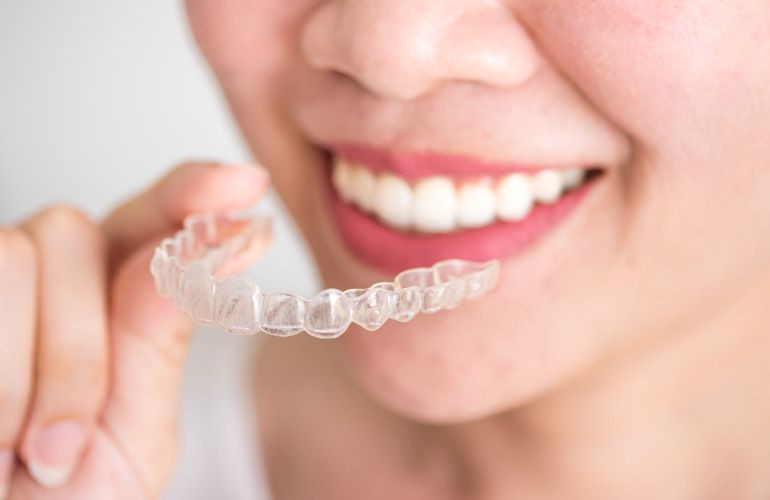Teeth alignment is more than just a matter of aesthetics. It’s also a matter of functionality. Few of us are fortunate enough to have perfectly straight teeth without needing orthodontic care. The rest of us have been dealing with metal braces and tightening wires for the necessary changes and corrections. Fortunately, the orthodontic industry has come up with alternative ways and a new approach to aligning teeth. One that has been all the rage over the past few years is Invisalign.
Invisalign makes use of a series of form-fitting aligners that can be worn and removed, instead of using permanently cemented bands. As the weeks progress, you will be using different sets of slightly adjusted aligners. The goal is to ensure that your teeth are gradually put into their right and ideal positions over time.
Now if you’re considering Invisalign and wondering what kinds of teeth misalignment it can correct, here are five:
1 - Open bites
The first type of teeth misalignment that Invisalign can correct is open bites. If you’re wondering what they are, open bites show when sections of your teeth do not meet. This means that your top and bottom teeth do not touch each other at all. This case can cause speech impediments and even affect your communication skills and overall confidence. The purpose of Invisalign is to create realignments necessary to bring your teeth together.
2 - Overbites
Another case of teeth misalignment is overbites. In this case, your upper front teeth extend past your lower set, instead of both touching each other when you bring the top and bottom rows together. Excessive overlapping can lead to uneven wear, jaw pain, and even gum diseases. Prominent front teeth can also cause your mouth to be protruding and rather unsightly in appearance. The goal of the Invisalign is to ensure your overbite won’t be excessive and your front teeth will touch your lower teeth as they should.
3 - Underbites
The exact opposite of overbites is underbite. This means that your lower teeth extend past your upper teeth, instead of touching each other. Just as with overbites, these can affect your chewing capability and impact your speech. At times, undergoing surgery may be necessary to correct this. In most cases, however, the use of Invisalign will do the trick.
4 - Crossbites
In normal cases, our top row of teeth is slightly positioned outside the bottom row of the teeth. With crossbites, your upper teeth are actually inside the bottom row. As a result, these can cause a relative increase in teeth-chipping, gum disease, and abnormal tooth wear. Fortunately, Invisalign can handle the complex process of turning crossbite into a beautiful smile!
5 - Gaps and overcrowding
Finally, Invisalign can address tooth gaps and overcrowding. You know how tooth gaps get food trapped in between your teeth and lead to gum diseases. On the other hand, overcrowding hinders proper brushing and flossing and can cause tooth decay. Both can even lead to other dental problems such as temporomandibular joint disorder.
Final words
Getting Invisalign can surely make a difference in your teeth and overall oral structure. The orthodontic treatment can align your teeth, improve your smile, and build your overall confidence. So what are you waiting for? Get a consultation now and smile as the world smiles back at you!
If you’re looking for a local dentist to provides Invisalign solutions, get in touch with us today for a free consultation!



